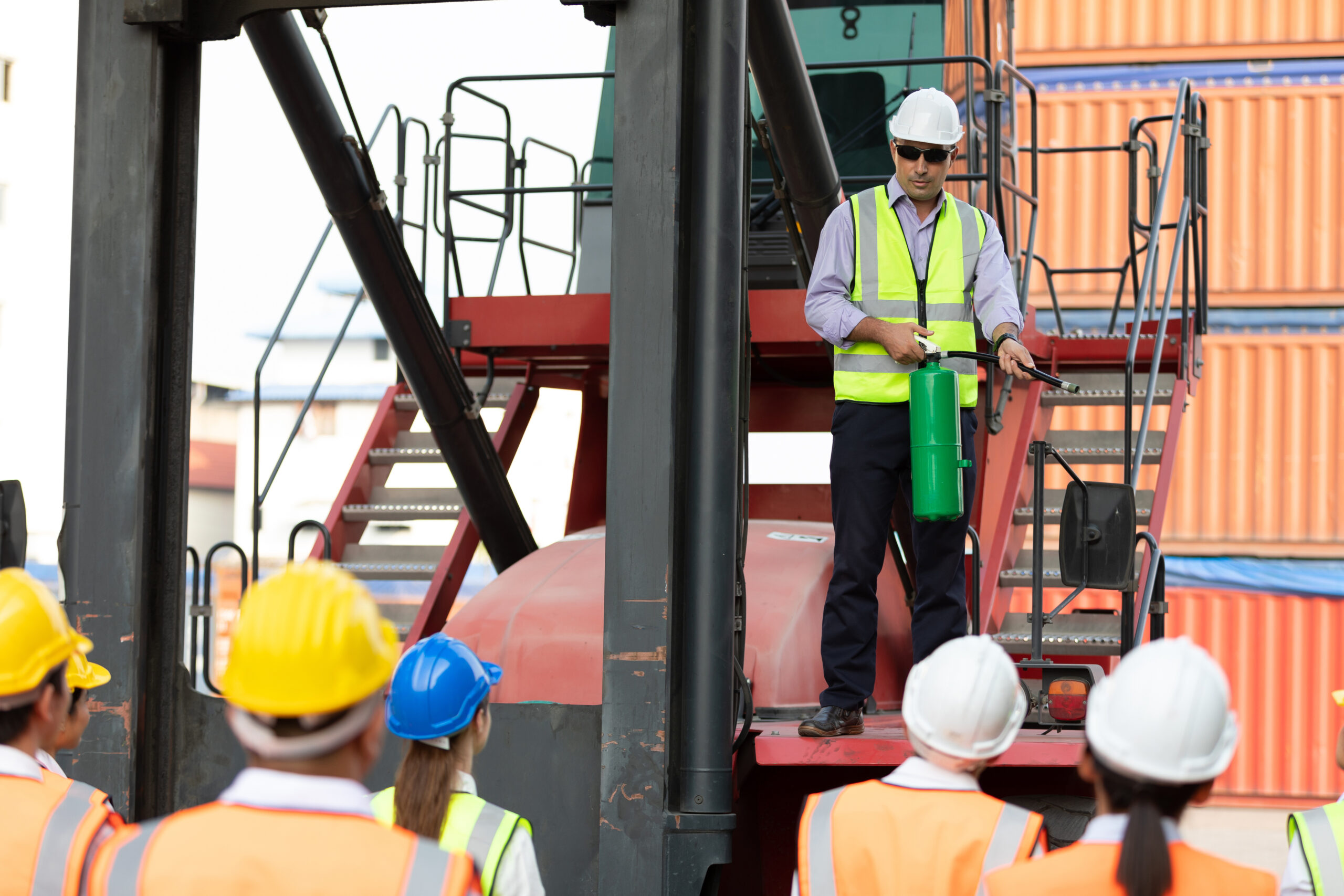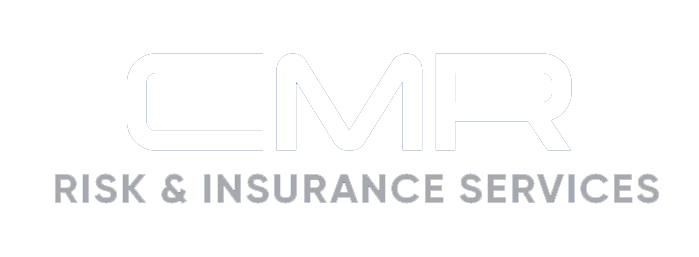Risk Management

June 18, 2024
Commercial Property Insurance Market Proving More Stable, Capitalized: USI
Following last year’s historically challenging property insurance market, 2024 is proving to be “a more stable and capitalized market,” USI Insurance Services reported in its latest Commercial Property & Casualty Market Outlook Mid-Year Addendum. “Large rate increases from 2023 have mostly subsided for the broader market,” the New York-based insurance brokerage firm said in the report....

June 17, 2024
50% of Non-Native English Speakers Don’t Understand Their Safety Training
Companies may think they have workplace safety resources covered, but they may not have taken into consideration one very important detail: Whether their workforce can understand them. One-hundred percent of industrial workers say that safety training is essential for fostering a safe workplace, according to the Vector Solutions State of Industrial Worker Safety and Well-Being Report....

June 13, 2024
U.S. Job Growth Expected to Spike Workers’ Comp Claims
Employers will likely face an increase in workers’ compensation claims in light of the U.S. Labor Department’s May 2024 report indicating the country added 272,000 new jobs. “New employees not only equal more workers’ comp premiums, they are significantly more likely to incur a claim,” Joe Paduda, owner of Health Strategy Associates, said in an interview with PropertyCasualty360.com. “Jobs in health care and...

June 12, 2024
The Value of D&O Insurance for Private Companies
With today’s growing emphasis on corporate transparency and accountability, an organization’s directors and officers may face a range of liability exposures. For instance, stakeholders and third parties may hold a company’s board members responsible for damages resulting from their alleged mistakes or poor decisions, prompting legal action. Regardless of an organization’s size or mission, the...

May 30, 2024
Cyber, Financial and Labor Top the List of Risks in Commercial Construction
Commercial general contractors and construction managers face a number of risks that keep them up at night. In the 2024 Commercial Construction Risk Report, we surveyed 500 U.S. general contractors and construction managers to identify the key risks threatening their project timelines, operating budgets and safety. Several themes emerged: Least prepared for the top risks. The...

May 17, 2024
Is Your Pool Ready for a Workers’ Compensation Catastrophe?
Catastrophic work injuries occur every day to many employers of all sizes and occupations. Regardless of the size or type of membership served, every pool faces this exposure. These life-changing claims are complex, individualistic, and require much higher standards of coordination and communication. Not having a plan in place to respond to a catastrophic injury...

May 8, 2024
Intellectual Property Risks Expanding with AI Usage, Cyber Threats
Intellectual property (IP) assets are one of the greatest sources of value creation in the corporate world, yet they are increasingly vulnerable to cyber risk and lack the same level of insurance protection as tangible physical assets, according to a report by Aon. Information assets—such as customer records, employee records, financial reports, analytical data, source...

May 1, 2024
2024 Saw the Highest Q1 Ransomware Activity on Record
The first quarter of 2024 was the most active Q1 ever recorded on ransomware leak sites, a new study from Corvus found, with 1,075 victims reported. Though this is down from a peak of 1,278 victims in Q3 2023, it is a 21% increase from Q1 2023. The industries that are most frequently targeted by ransomware groups has remained pretty...

April 25, 2024
Email Is Where Most Cyber Insurance Claims Originate
This past year saw cyber insurance claims frequency up 13% year-on-year and claims severity increased 10%, according to Coalition’s 2024 Cyber Claims Report. Funds transfer frauds (FTF) and business email compromises each accounted for 28% of cyber insurance claims in 2023, according to Coalition, Inc. Ransomware accounted for 19% of claims, while other events such as...

April 18, 2024
5 Cyberthreats to Watch in 2024
Cybersecurity is paramount to preserving the financial integrity and consumer trust of insurance companies and the businesses and personal finances of policyholders. The 2024 Cybersecurity Benchmarking Survey by ACA Aponix and the National Society of Compliance Professionals (NSCP) asked compliance professionals what they perceive to be the top threats this year and found email phishing...
